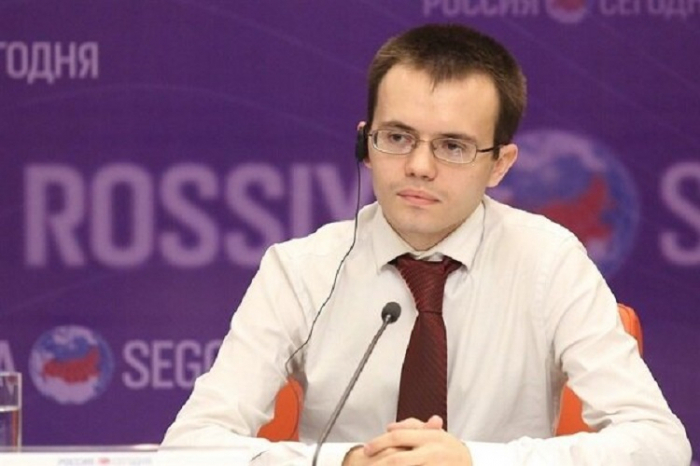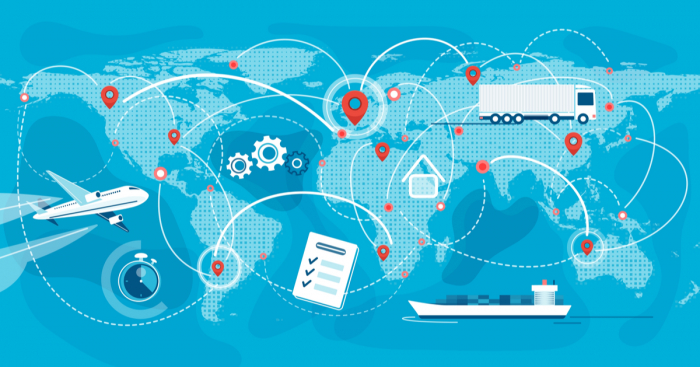In an interview with AzVision.az, Andrew Korybko, a Moscow-based American political analyst specializing in the relationship between the US strategy in Afro-Eurasia, China’s One Belt One Road global vision of New Silk Road connectivity, and Hybrid Warfare, shared his views about the ongoing global inflation and growing prices.
- When and how did global inflation start?
Global inflation began around the onset of the COVID-19 pandemic two years ago. The international community’s uncoordinated attempt to contain the virus created supply chain disruptions and devastated local economies after insufficient support was provided to local businesses. Different regions and countries within them are experiencing different levels of inflation, but it’s affecting the whole world to one degree or another due to globalization.
- What is the negative impact of the ongoing Russian-Ukrainian war on this situation?
Russia regards its military activity in Ukraine not as a war, but as a special military operation. The country has been experiencing inflation even before the conflict began, but the US-led West’s unprecedented sanctions worsened it, though the situation still remains manageable. To Russia’s credit, it’s mostly self-sufficient in basic goods and services, especially agricultural products and energy, so it’s comparatively better positioned to deal with inflation’s impact on those commodities than other developed economies.
- Which measures are being taken under the present state?
Currency controls are in place to regulate this flow within and outside the country. That’s helped to stabilize the ruble, as did President Putin’s decree last month that newly designated non-friendly countries like those in the EU have to pay for gas with rubles. Some supermarkets have also limited the purchase of basic foodstuffs like sugar in order to prevent panicked purchases.
Famed Russian economist Alexei Kudrin predicted this week that it’ll take approximately two years for the Russian economy to restructure to this new reality, which other officials like Prime Minister Mikhail Mishustin are already working to implement per President Putin’s orders. Russia is doing its utmost to support local business and diversify away from the country’s disproportionate budgetary dependence on resource exports.
This was already ongoing since 2018 and is part of what President Putin calls his National Development Projects. They were mostly frozen due to the pandemic but are urgently being revived in light of the new economic circumstances in which Russia finds itself. There’ll be difficulties associated with this structural transition, but Russia will likely succeed with implementing it in full, even if it takes time.
- Which steps can be taken to prevent global food price hikes?
There’s not much that can be done since there isn’t a central global authority responsible for agriculture, logistics, and price controls. Those countries that are agriculturally competitive will certainly ensure that their own population’s needs are met before all others, after which they’ll probably prioritize exports to friendly countries.
It would also be a good idea for governments to consider price ceilings and subsidies, especially for struggling members of the population. That’ll cost money though, and many economies are still suffering from the consequences of the COVID-19 pandemic. This suggests that they’ll likely fall deeper into debt and should be cautious that creditors don’t attach political strings to any forthcoming loans.

More about: pandemic economy agriculture foodindustry














































